Buy the photo Bugatti Type 45 dashboard by Sjoerd van der Wal Photography on canvas, ArtFrame, poster and wallpaper, printed on demand in high quality.
About "Bugatti Type 45 dashboard"
by Sjoerd van der Wal Photography
About the artwork
Bugatti Type 45 Bi-Place Course 1929 racecar steering wheel and dashboard close up.
The Bugatti Type 45 Bi-Place Course was a rare and experimental racing car developed by Bugatti in the early 1930s. It was part of Bugatti’s continuous efforts to innovate in Grand Prix racing, bridging the gap between the earlier Type 35 and later more powerful race cars. The Type 45 was notable for its use of a twin-engine setup—essentially two supercharged 1.5-liter straight-eight engines mounted side-by-side, derived from the Type 35B—giving it a combined displacement of 3.0 liters and producing approximately 250 horsepower.
The "Bi-Place Course" designation refers to its two-seat configuration, intended for endurance racing or as a test platform. While technically ambitious, the complex drivetrain, weight distribution challenges, and reliability issues limited its competitiveness. Only a handful were produced, and it never saw significant racing success.
The Type 45 featured the hallmark Bugatti craftsmanship with a lightweight chassis, signature horseshoe grille, and elegant bodywork. It stands today as a fascinating example of Ettore Bugatti's relentless engineering curiosity and willingness to experiment outside conventional norms. Although it was not a commercial or racing success, the Type 45 remains an important piece in the lineage of Bugatti’s innovative and daring approach to automotive design.

About Sjoerd van der Wal Photography
I'm a freelance photographer with a passion for landscape photography and everything concerning the theme mobility. I shoot a lot of my work in the Dutch IJsseldelta region , but also during my trips abroad to eg Iceland, Norway and Scotland . I also have an extensive.. Read more…
 Netherlands
Netherlands Ordered in September 2023
Ordered in September 2023
 Netherlands
Netherlands Ordered in December 2021
Ordered in December 2021
 Germany
Germany Ordered in December 2019
Ordered in December 2019
 Germany
Germany Ordered in May 2021
Ordered in May 2021
 Germany
Germany Ordered in February 2025
Ordered in February 2025
 Germany
Germany Ordered in October 2021
Ordered in October 2021
 Netherlands
Netherlands Ordered in December 2023
Ordered in December 2023
 Netherlands
Netherlands Ordered in December 2023
Ordered in December 2023
 Germany
Germany Ordered in February 2021
Ordered in February 2021
 Netherlands
Netherlands Ordered in February 2020
Ordered in February 2020
 Netherlands
Netherlands Ordered in April 2022
Ordered in April 2022
 Netherlands
Netherlands Ordered in January 2022
Ordered in January 2022
About the material
ArtFrame™
Interchangeable Art Prints
- High-quality print
- Easily interchangeable
- Acoustic function
- Large sizes available
Discover the artworks of Sjoerd van der Wal Photography
 Bluebell forest during springtimeSjoerd van der Wal Photography
Bluebell forest during springtimeSjoerd van der Wal Photography Bluebell hill in a Beech Tree forest during a springtime morningSjoerd van der Wal Photography
Bluebell hill in a Beech Tree forest during a springtime morningSjoerd van der Wal Photography Kingfisher sitting on a branch overlooking a small pondSjoerd van der Wal Photography
Kingfisher sitting on a branch overlooking a small pondSjoerd van der Wal Photography Kingfisher sitting on a branch overlooking a small pondSjoerd van der Wal Photography
Kingfisher sitting on a branch overlooking a small pondSjoerd van der Wal Photography Container ship in the port of Rotterdam at the container terminalSjoerd van der Wal Photography
Container ship in the port of Rotterdam at the container terminalSjoerd van der Wal Photography Suzuki Cruiser front wheel brake discSjoerd van der Wal Photography
Suzuki Cruiser front wheel brake discSjoerd van der Wal Photography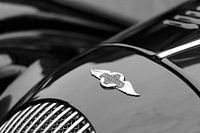 Morgan Plus 8 sportscar detailSjoerd van der Wal Photography
Morgan Plus 8 sportscar detailSjoerd van der Wal Photography Steam train with smoke from the locomotiveSjoerd van der Wal Photography
Steam train with smoke from the locomotiveSjoerd van der Wal Photography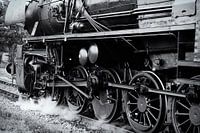 Steam locomotive in black white Sjoerd van der Wal Photography
Steam locomotive in black white Sjoerd van der Wal Photography Tiroler Alps panoramaSjoerd van der Wal Photography
Tiroler Alps panoramaSjoerd van der Wal Photography Tyrolean Alps of Austria in winterSjoerd van der Wal Photography
Tyrolean Alps of Austria in winterSjoerd van der Wal Photography Lake Oeschinen in ZwitserlandSjoerd van der Wal Photography
Lake Oeschinen in ZwitserlandSjoerd van der Wal Photography Lighthouse and fishermen's cottages in the night at the island of SchiermonnikoogSjoerd van der Wal Photography
Lighthouse and fishermen's cottages in the night at the island of SchiermonnikoogSjoerd van der Wal Photography Poles at the beach with soft vintage toningSjoerd van der Wal Photography
Poles at the beach with soft vintage toningSjoerd van der Wal Photography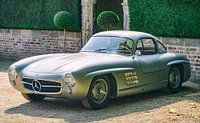 Mercedes-Benz 300SL Gullwing classic sports carSjoerd van der Wal Photography
Mercedes-Benz 300SL Gullwing classic sports carSjoerd van der Wal Photography Snowy Tiroler Alps in Austria during a beautiful winter daySjoerd van der Wal Photography
Snowy Tiroler Alps in Austria during a beautiful winter daySjoerd van der Wal Photography Panorammic beach view during summer at the North SeaSjoerd van der Wal Photography
Panorammic beach view during summer at the North SeaSjoerd van der Wal Photography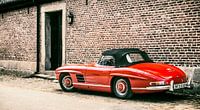 Mercedes-Benz 300 SL Roadster convertible classic sports carSjoerd van der Wal Photography
Mercedes-Benz 300 SL Roadster convertible classic sports carSjoerd van der Wal Photography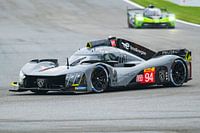 Peugeot TotalEnergies #94 Peugeot 9X8 hypercarSjoerd van der Wal Photography
Peugeot TotalEnergies #94 Peugeot 9X8 hypercarSjoerd van der Wal Photography Alps mountains landscape in the Logar Valley during springtimeSjoerd van der Wal Photography
Alps mountains landscape in the Logar Valley during springtimeSjoerd van der Wal Photography
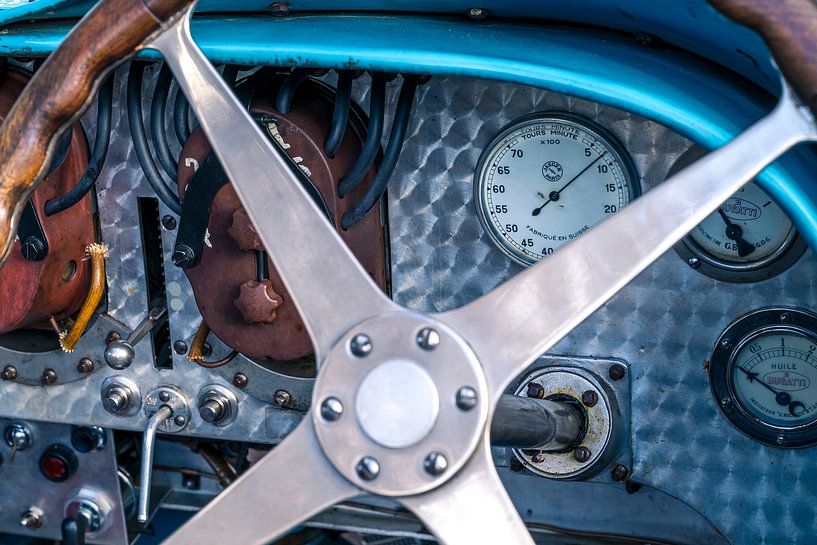
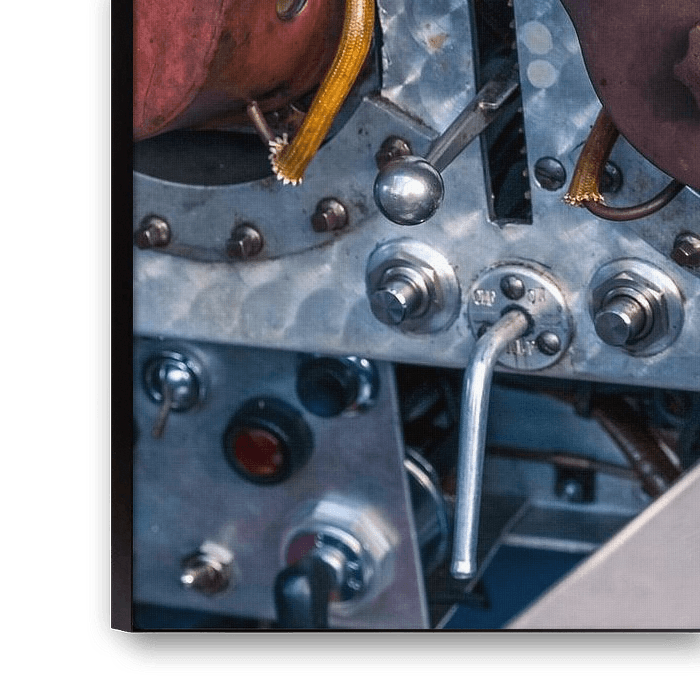
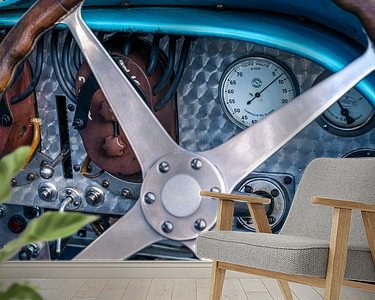
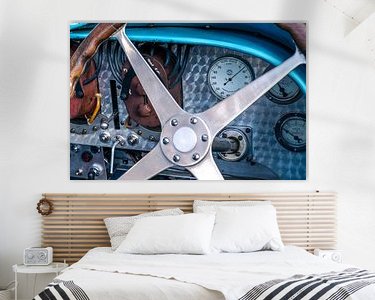

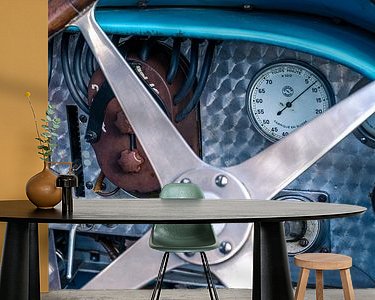



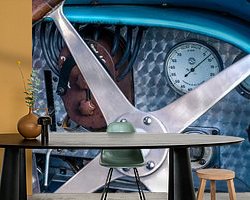

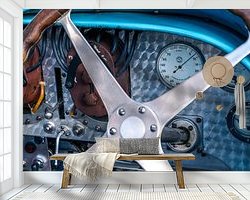

 Car racing
Car racing Industrial
Industrial Nostalgic Memories
Nostalgic Memories Photo wallpaper
Photo wallpaper Photography
Photography









